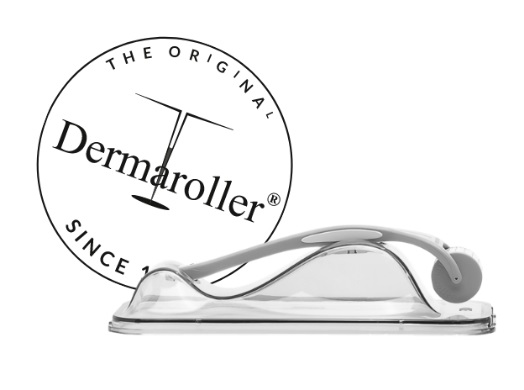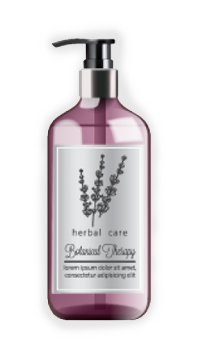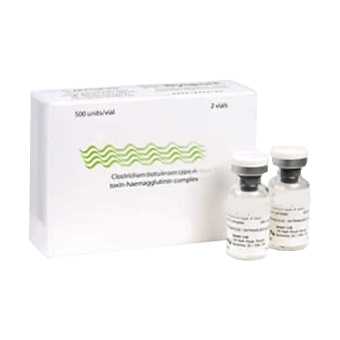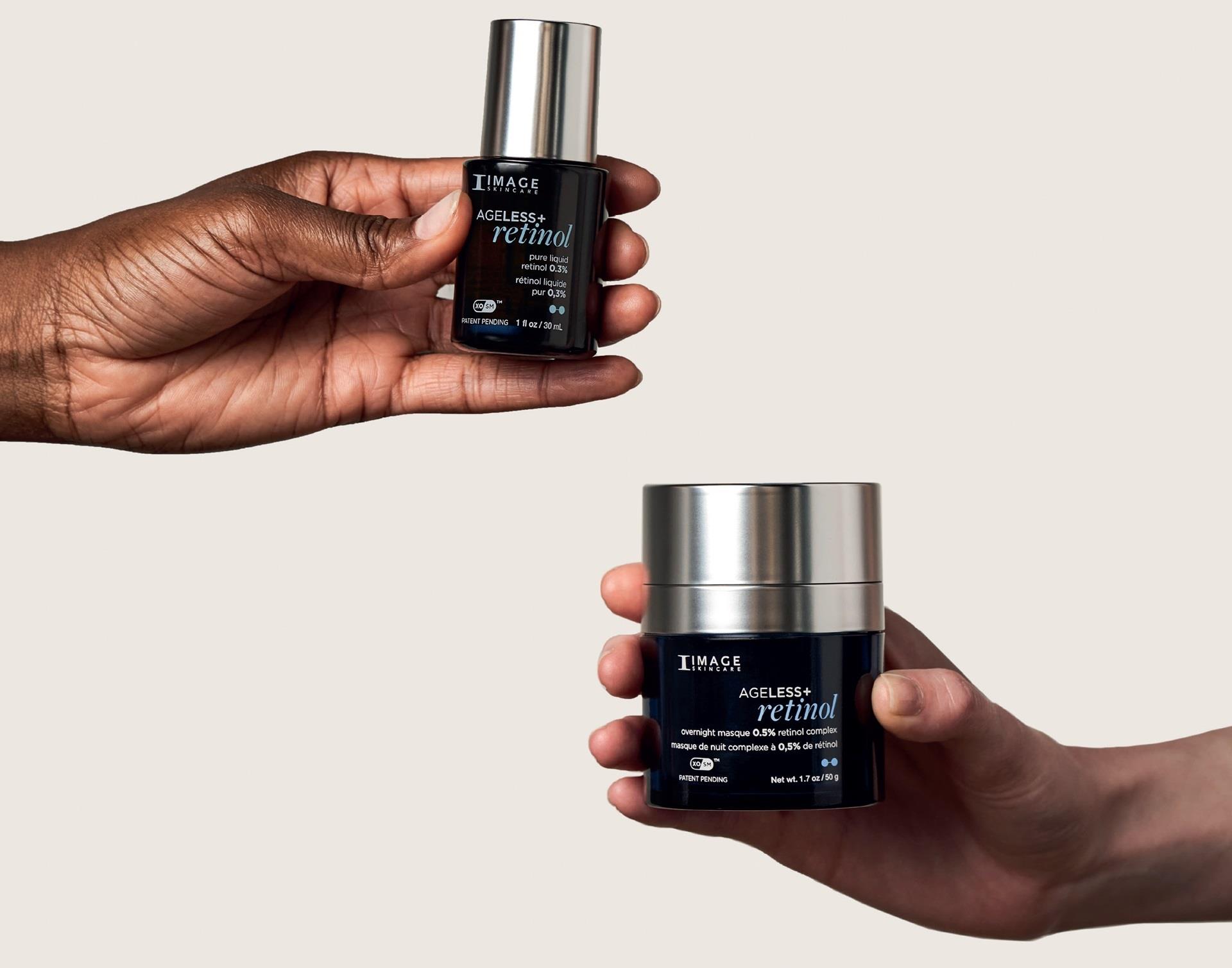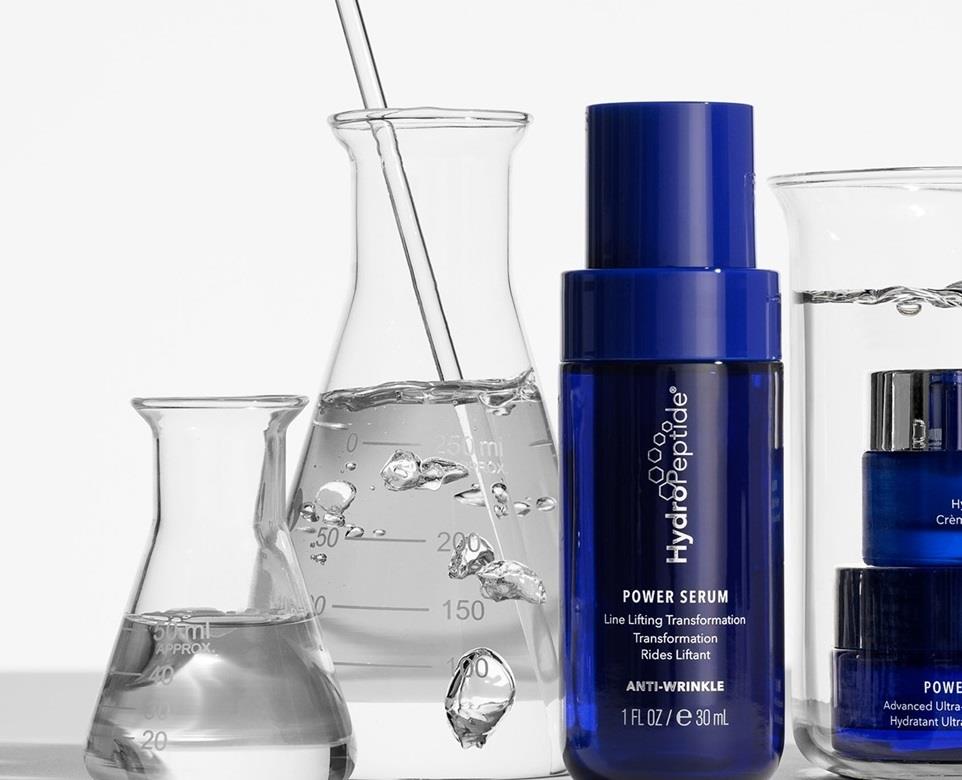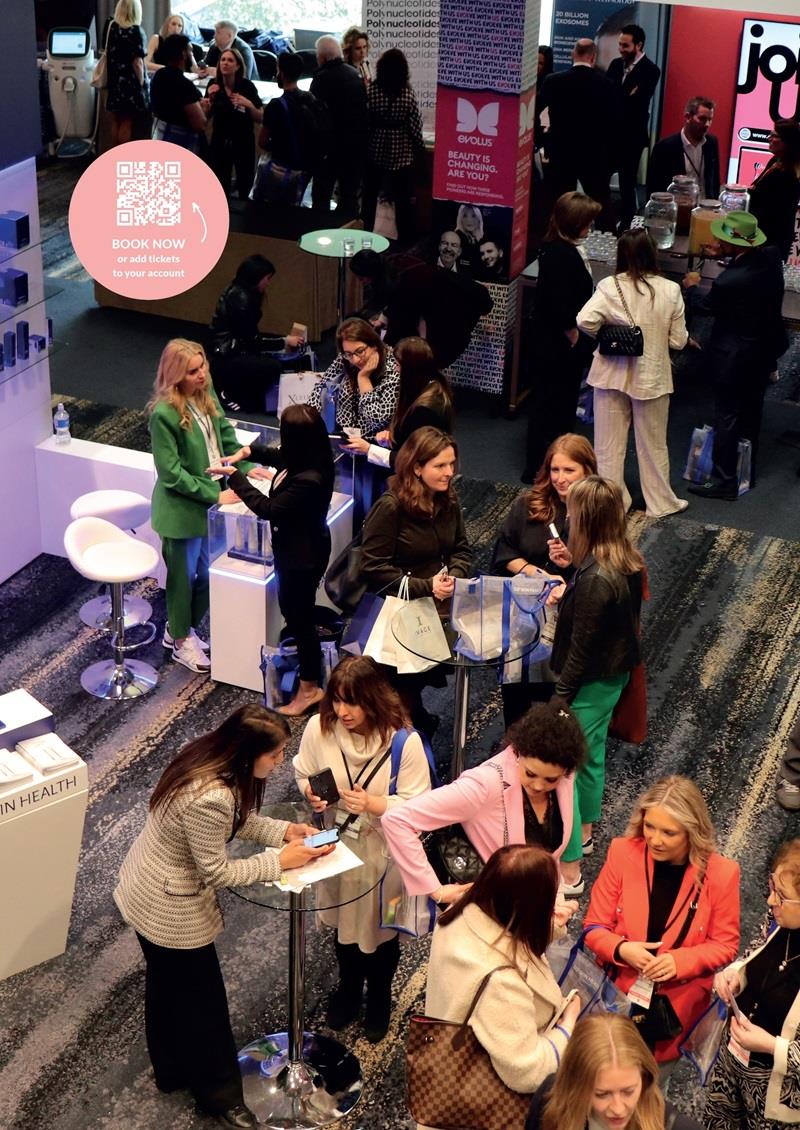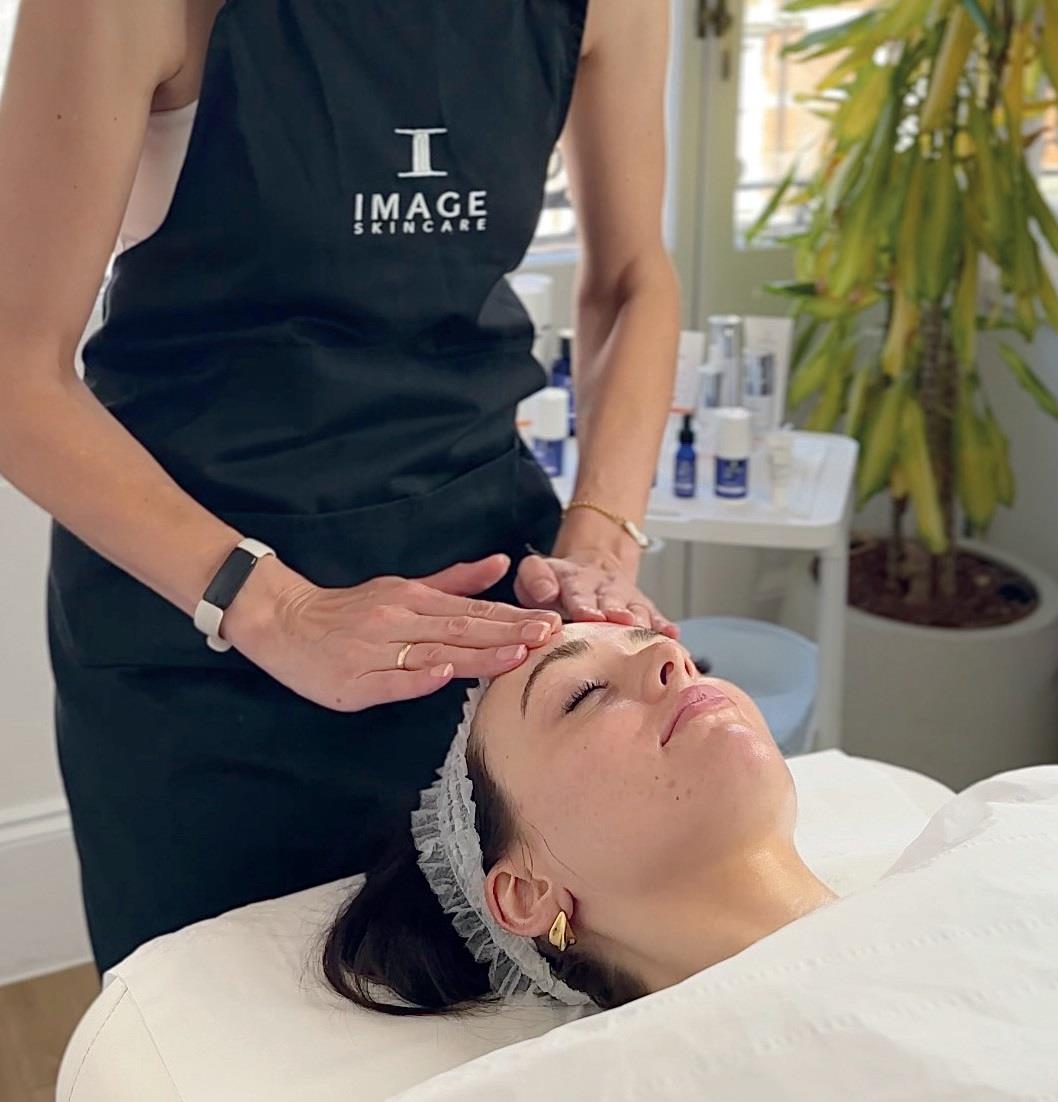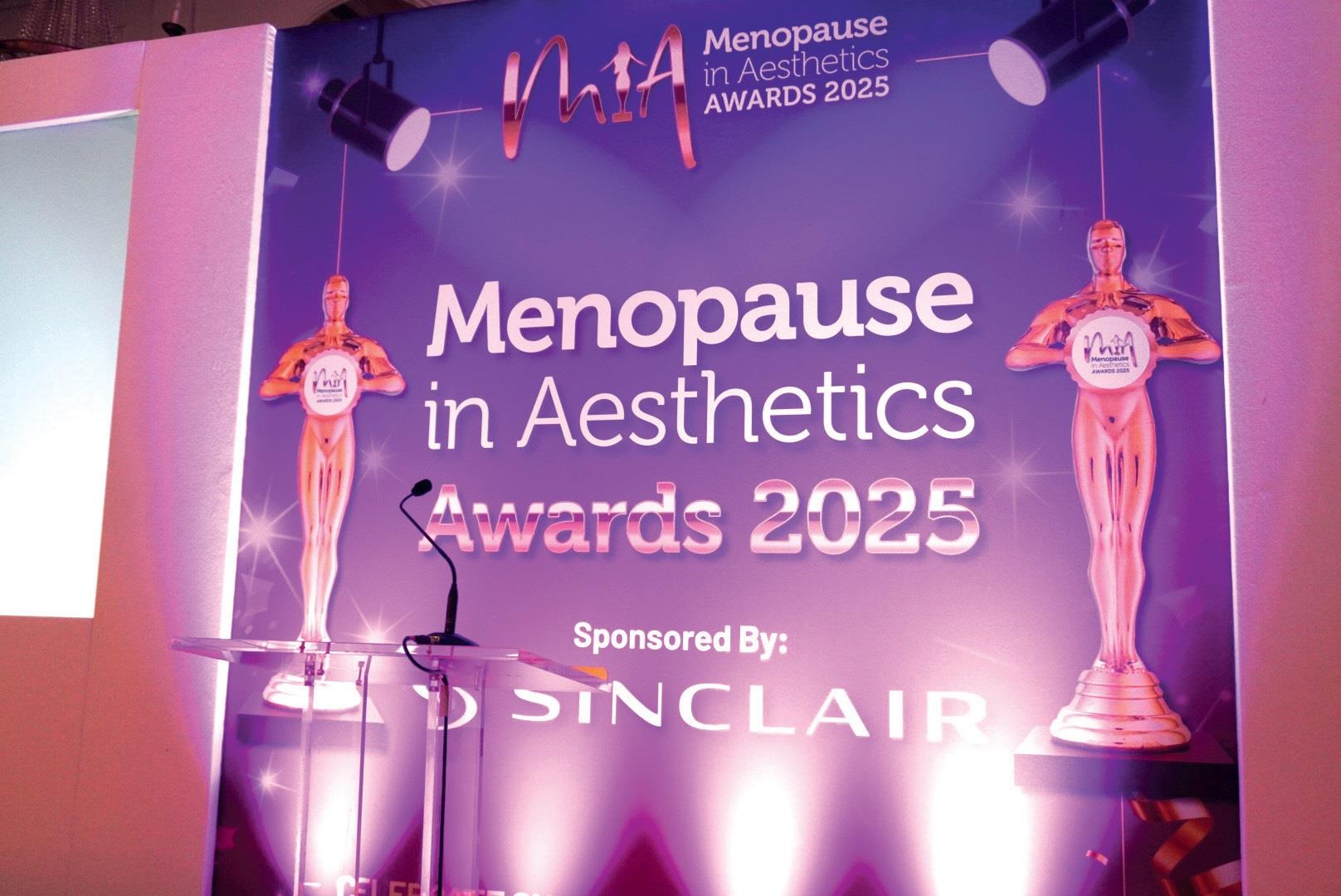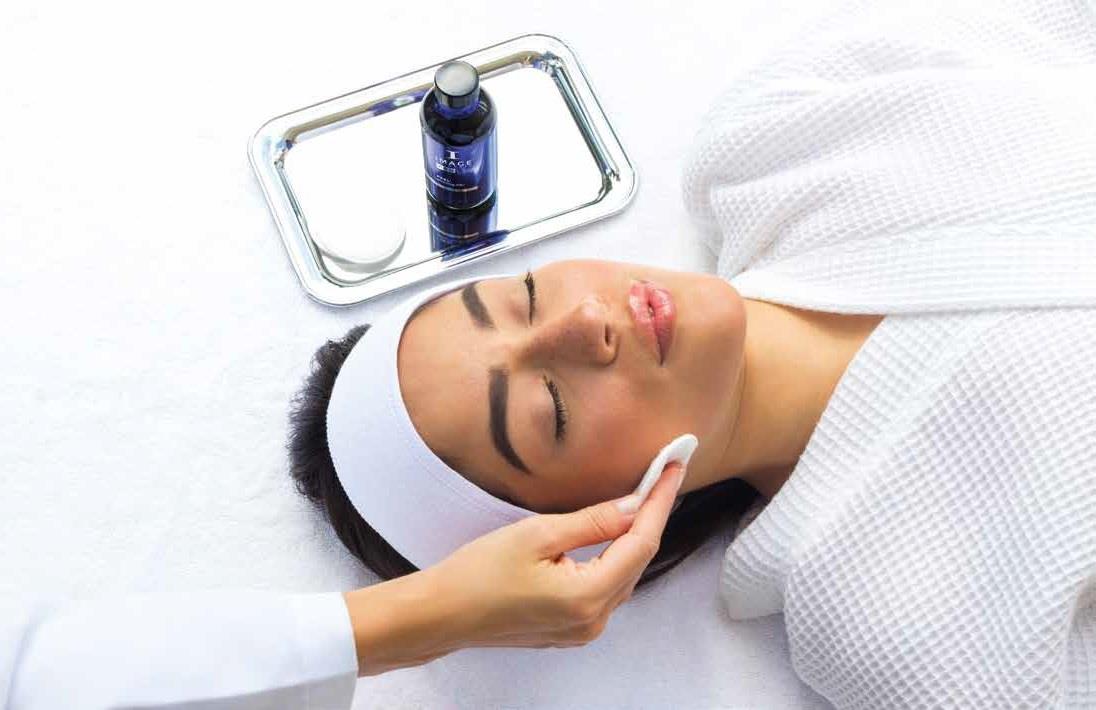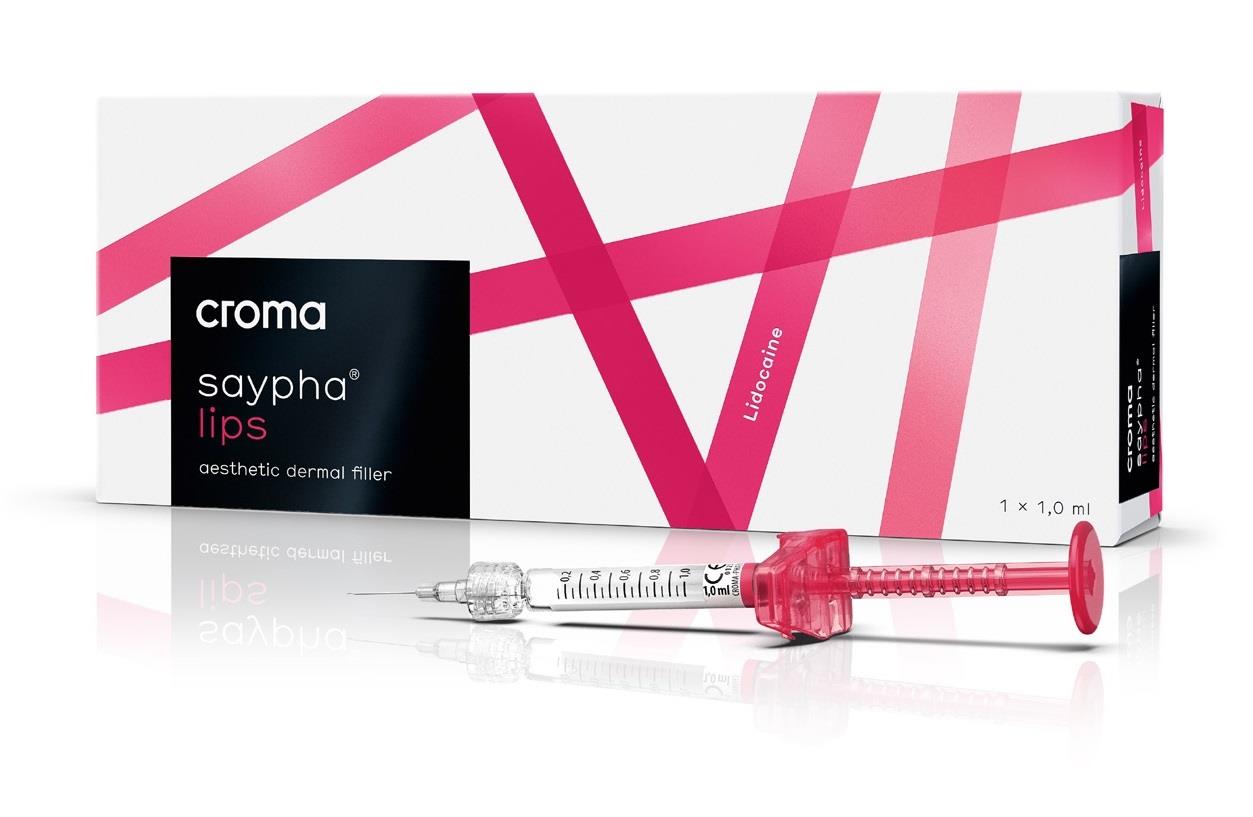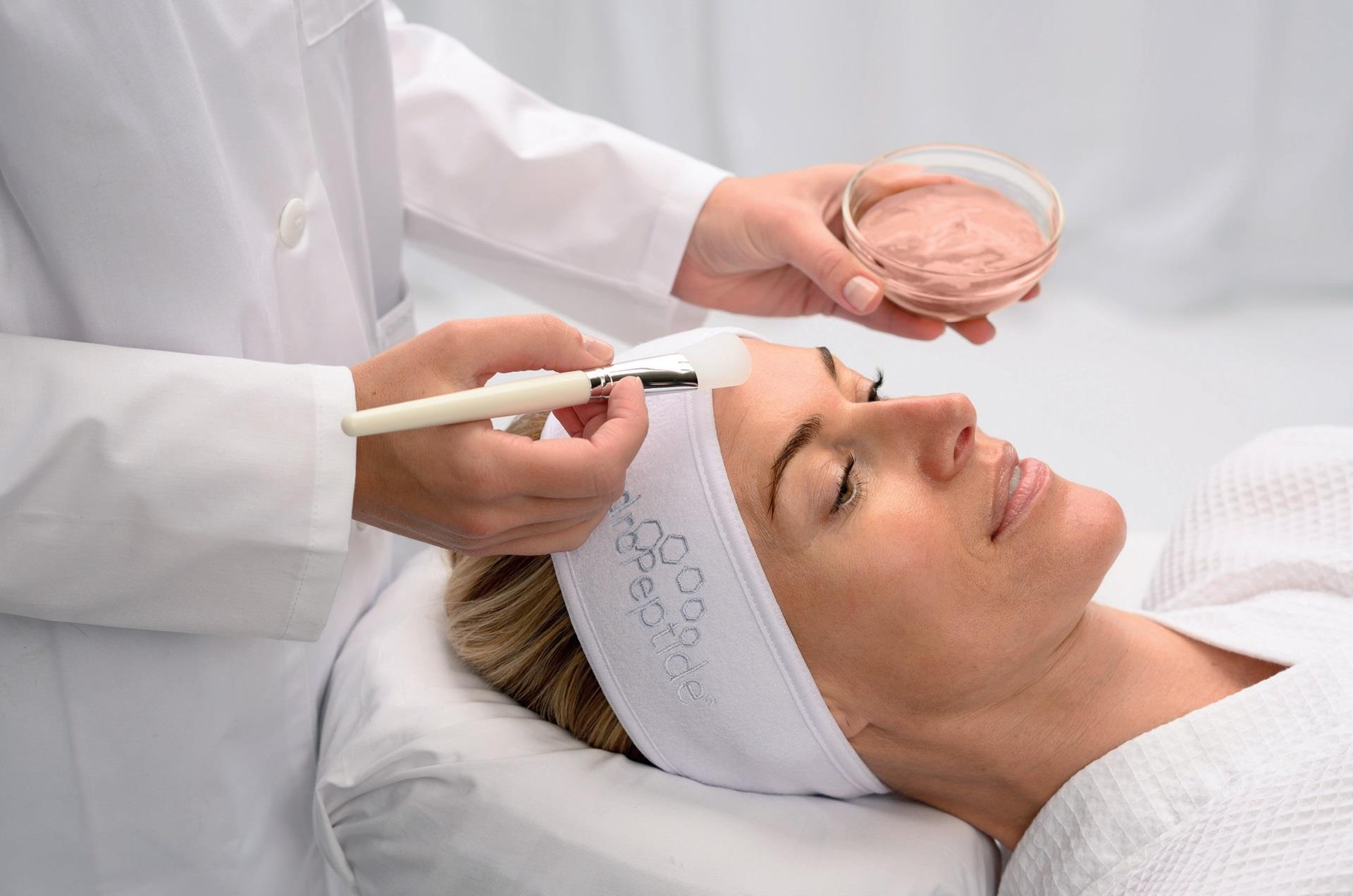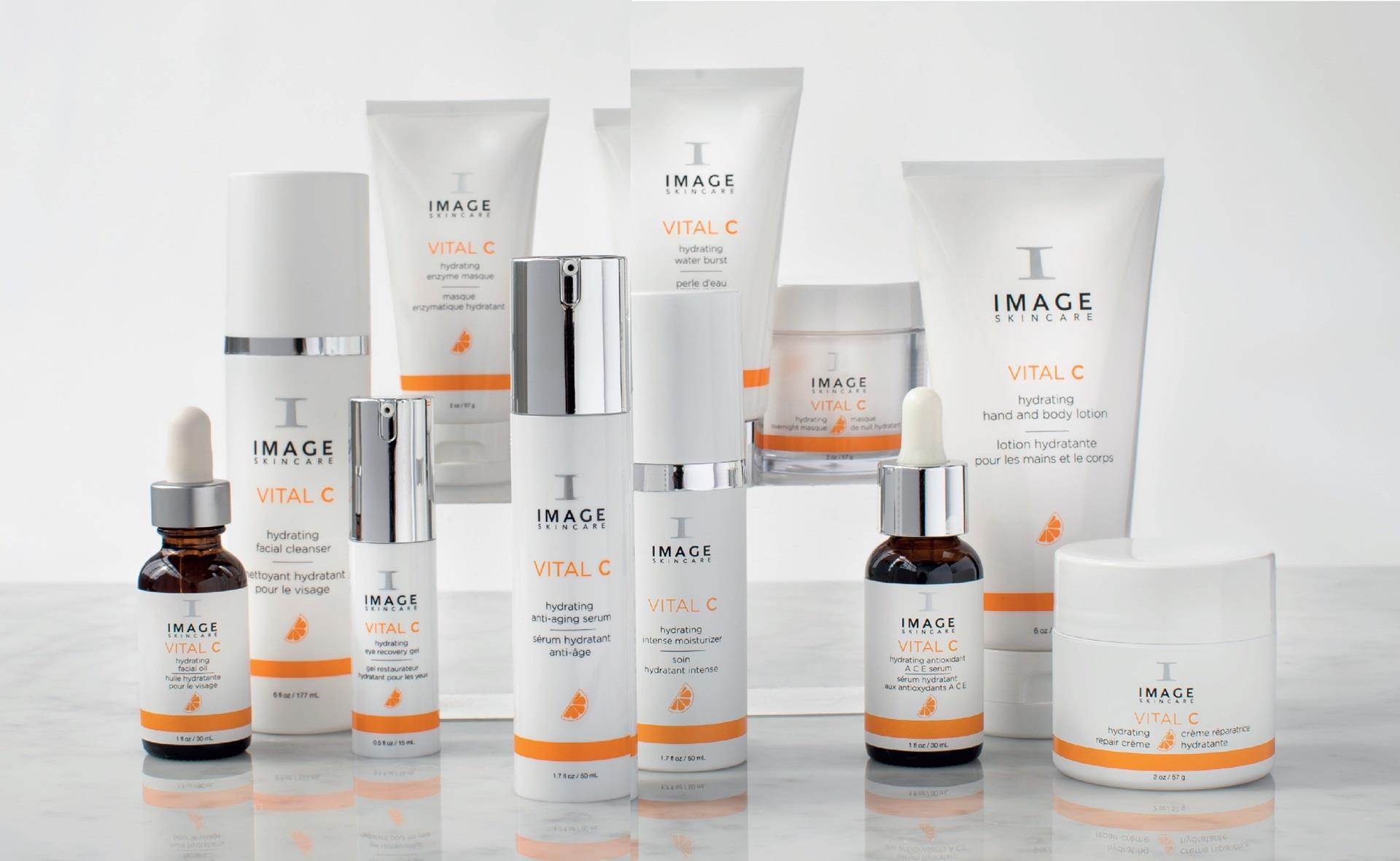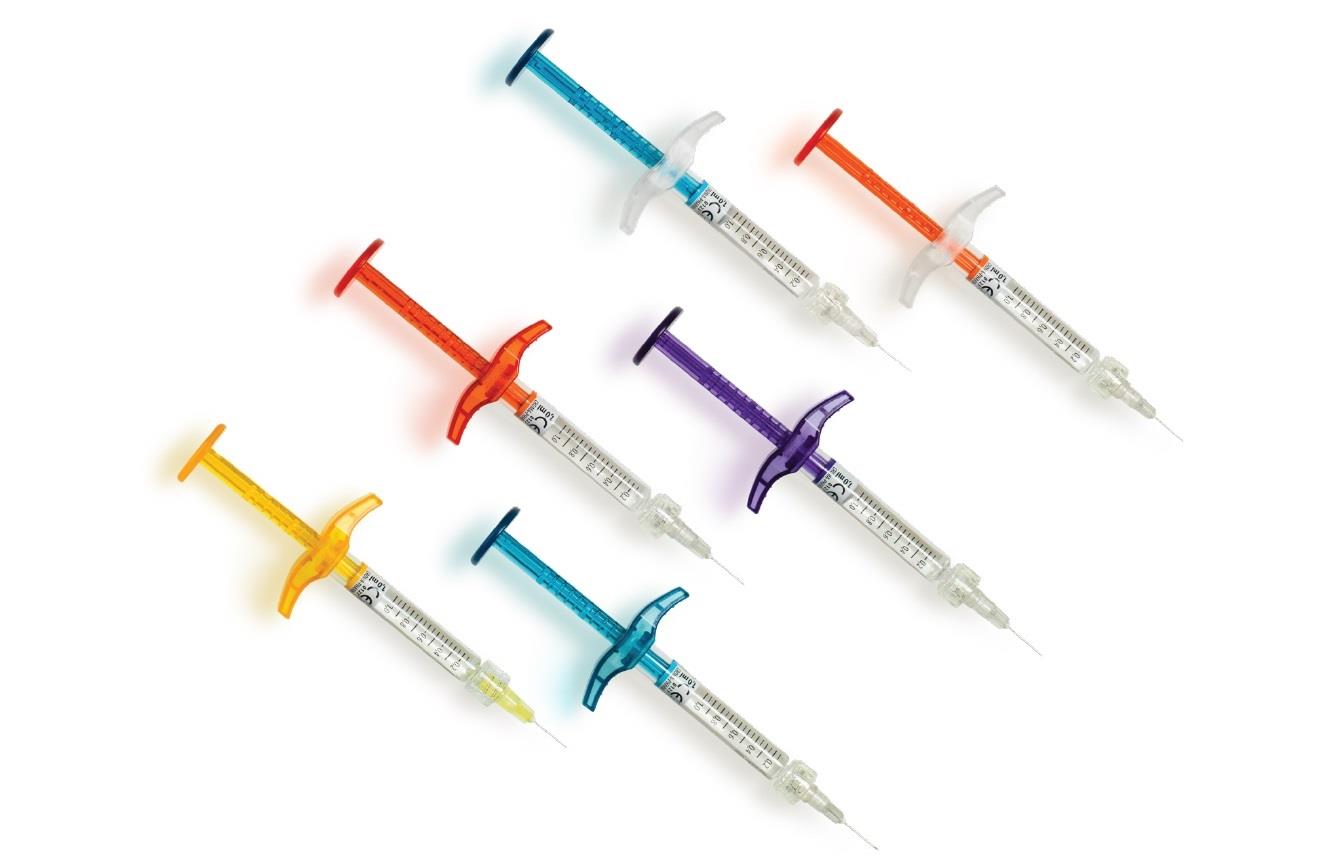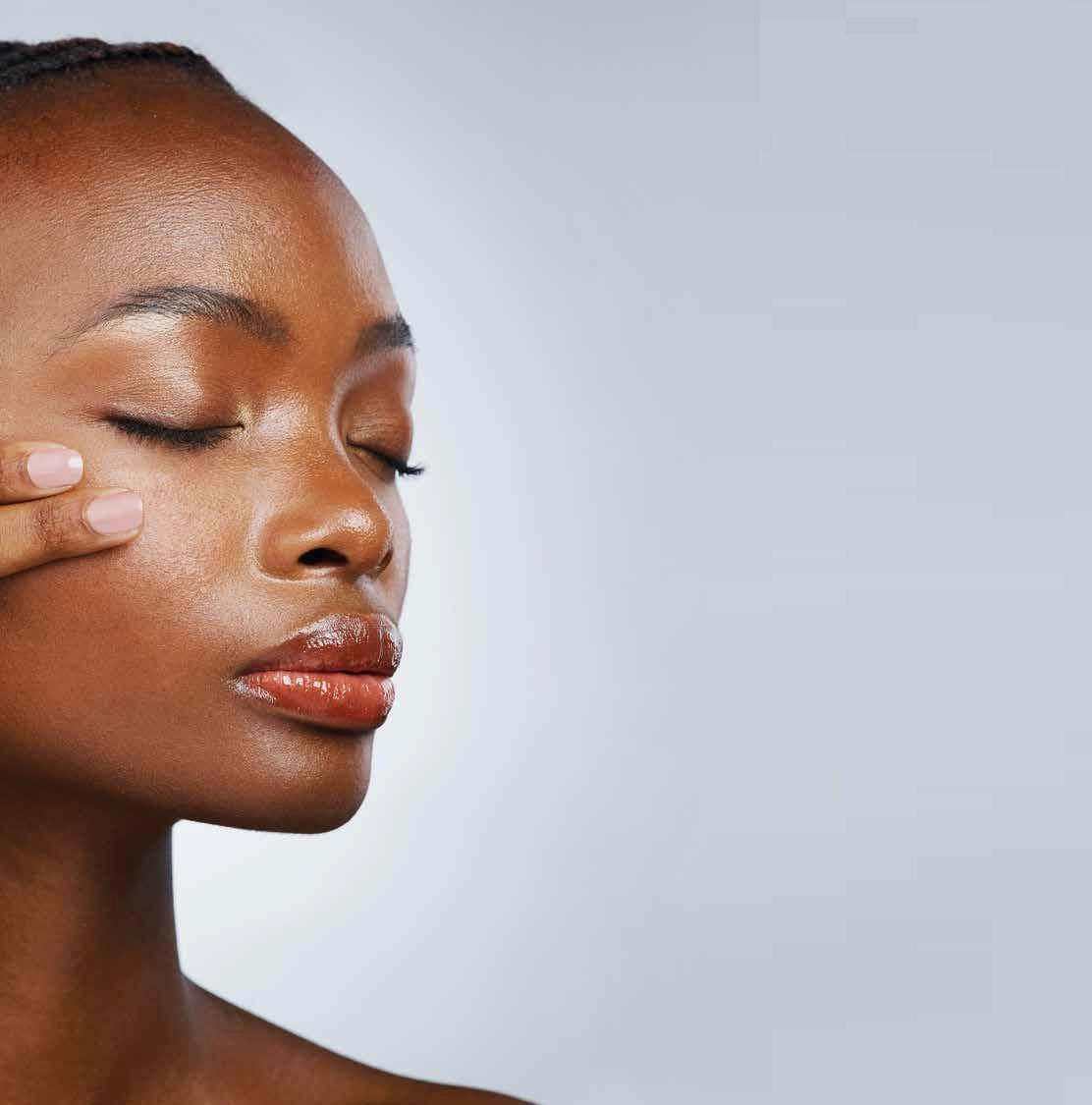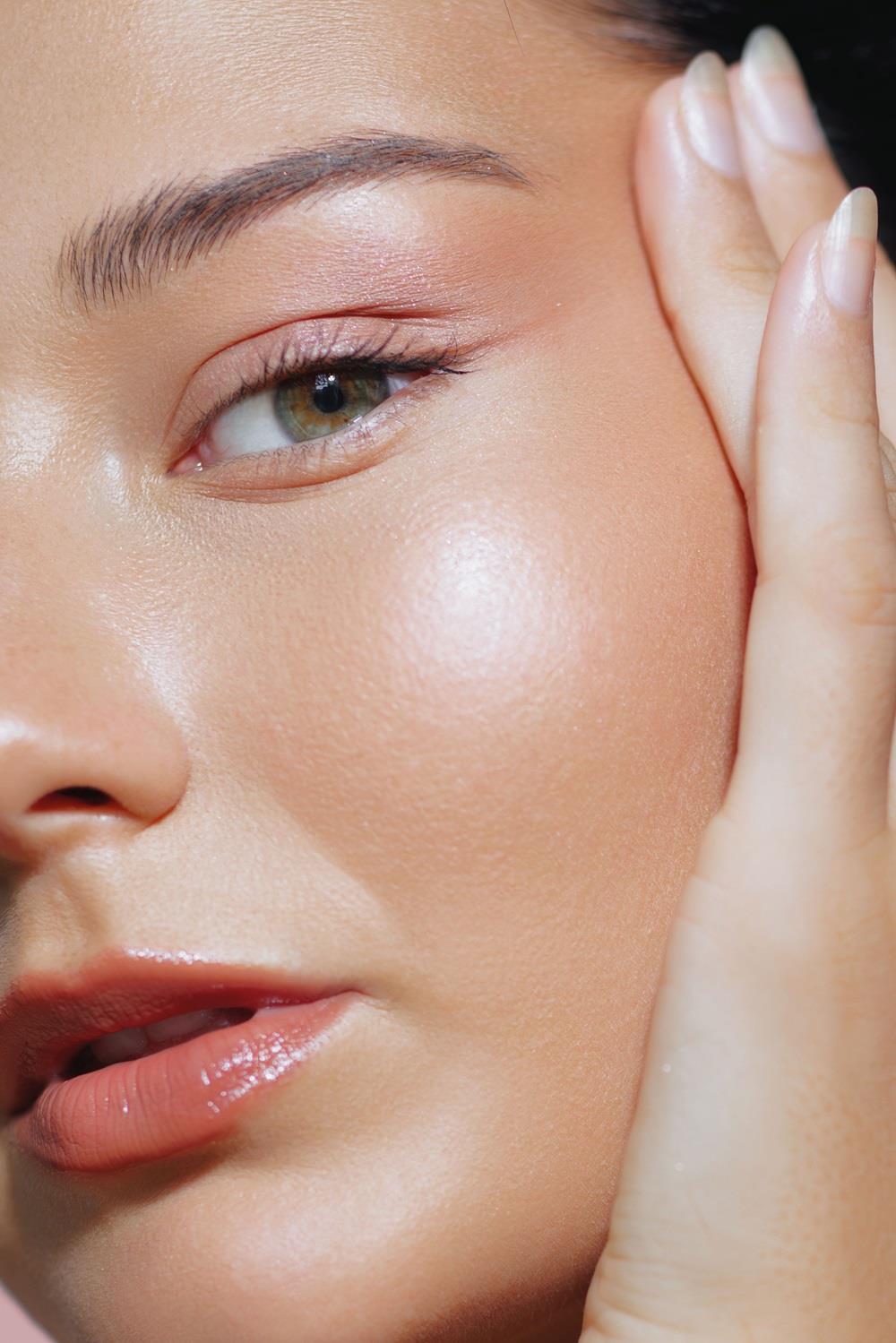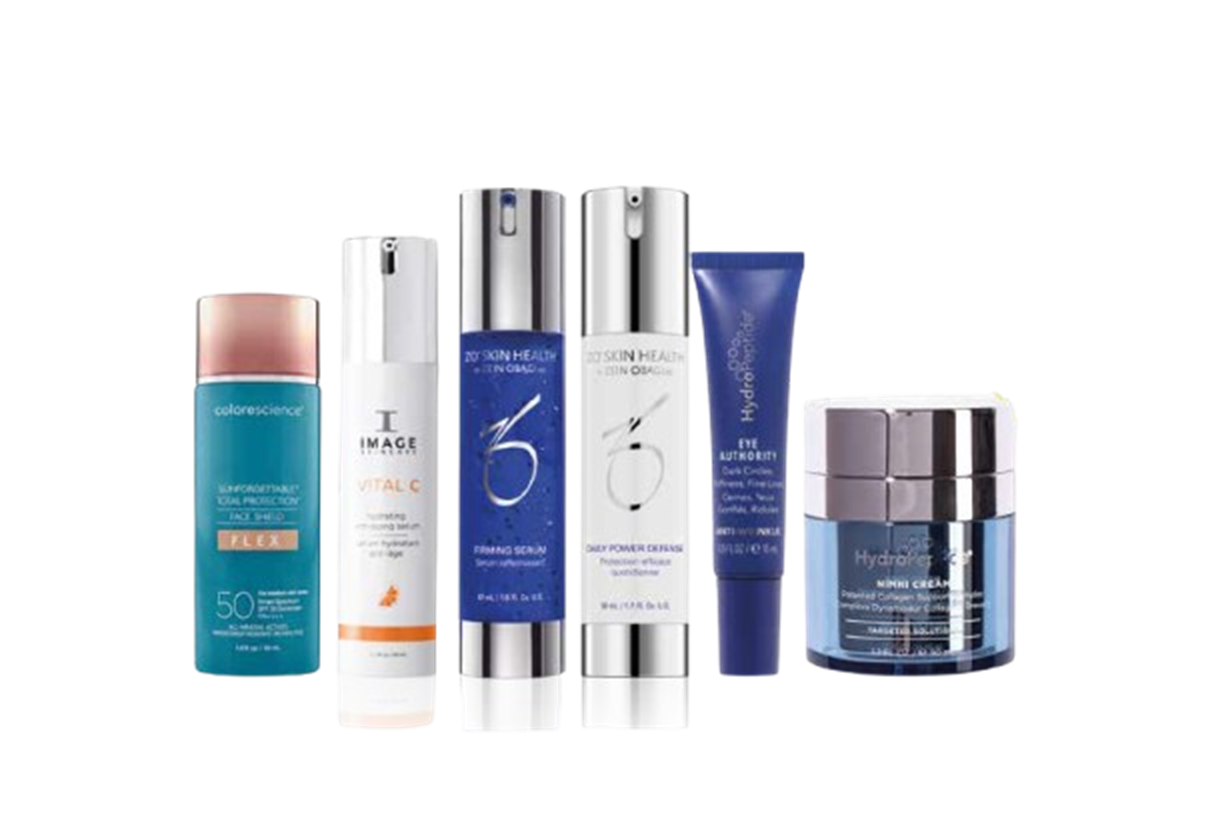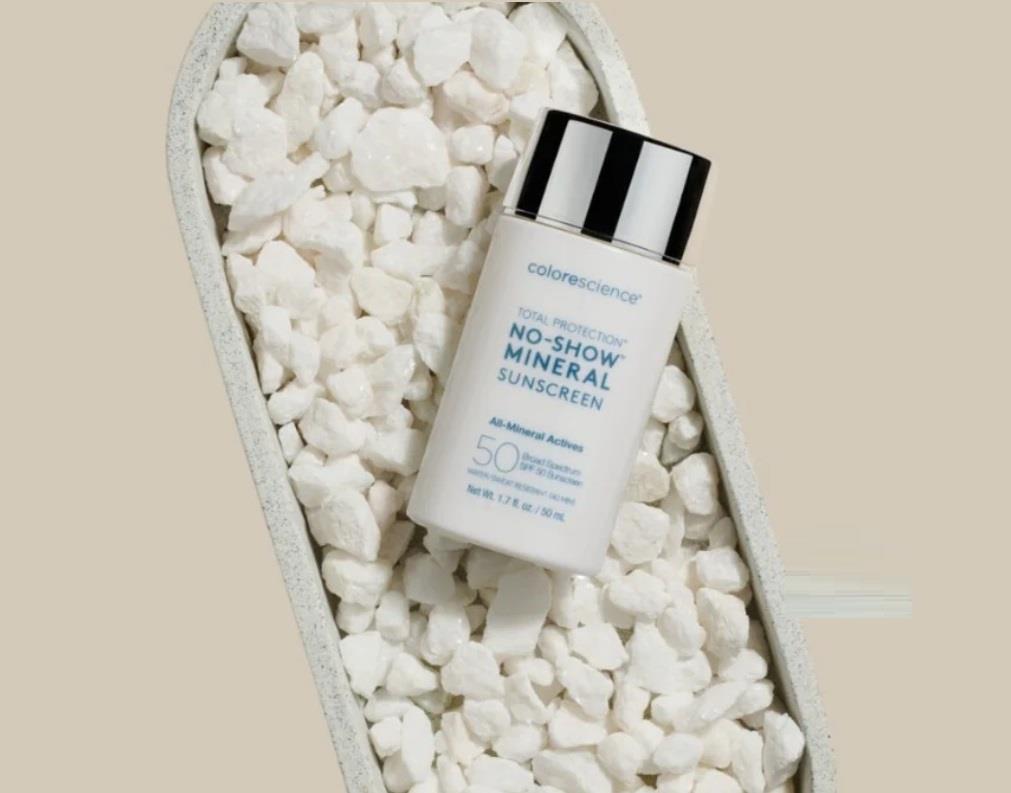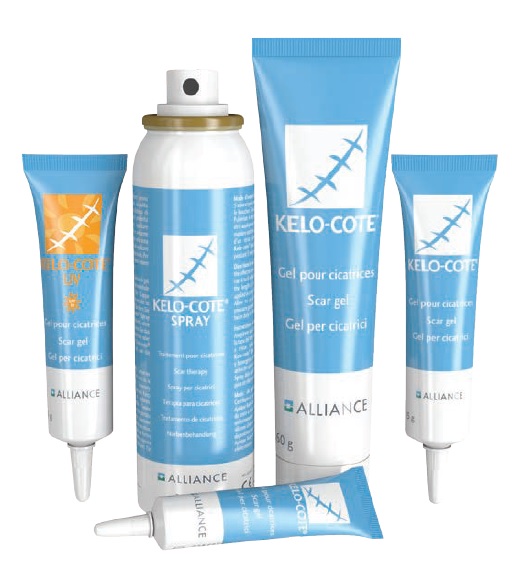
A scar is a mark left on the skin after a wound or injury on the surface of the skin has healed. The time this wound takes to heal can often determine the chance of a noticeable scar occurring on the surface of the skin. This healing time can depend on a number of factors including wound size, depth, and location; the person’s age; heredity, and skin characteristics including colour (pigmentation).
How scars are formed
Scars form when the skin is wounded and there is a break in the body’s tissues. As part of the healing process, the body produces collagen which builds up at the site of the damage. This helps to strengthen and heal the wound. In abnormal scarring, increased blood supply and excessive levels of collagen cause the scar to become raised, lumpy and red. Over time, some of this collagen is then broken down, gradually reducing the size of the scar and making it smoother, softer and paler.
Abnormal scars can occur up to 18 months after the creation of the scar. The two types of abnormal scarring are known as keloid and hypertrophic scars, both of which raise above skin level. Keloid scars grow beyond the original wound boundary, while hypertrophic scars do not.
How common are scars?
Scars are very common and although they are permanent, they can fade over a period of up to two years. However, after this time, it is unlikely they will fade anymore. In the developing world alone, a total of 100 million patients per year develop scars as a result of 55 million elective surgeries, and 25 million operations after trauma.
Keloid scars occur in 10-15 percent of wounds. They can affect anybody, but they are most common between the ages of 10 and 30 and in people with dark skin, such as people from African, African-Caribbean and South Indian communities. Hypertrophic scars are more common, with incidence rates varying from 40-70 percent following surgery, and up to 91 percent following burn injury.
Silicone gel treatment
There are several treatment options which are available to help manage scarring, such as; skin camouflage, surgery, laser therapy and dermal fillers. However, the universally considered gold standard for the prevention and treatment of keloid and hypertrophic scars is silicone sheeting or gel. These treatments are widely used in scar management and have been used successfully for more than 20 years.
It is thought that the occlusive barrier which is formed when using silicone gel or sheets, helps hydrate the scar tissue while protecting from chemical, physical and microbial invasion. It has also been shown that silicone sheets and gels can be beneficial for itching scars, and can also reduce the size and pain/discomfort associated with scars. Silicone sheeting and gels can be used as soon as the wound is closed or sutures removed, and is recommended to be worn for a minimum of 12 hours per day, and if possible, 24 hours. Silicone gel can be particularly useful near joints and areas of motility of the skin; as well as highly contoured areas such as the face, where wearing silicone sheets may not be practical. This non-invasive treatment is suitable for adults and children.
KELO-COTE
KELO-COTE is an advanced formula, topical silicone gel for the easy and painless management and prevention of abnormal scars in the form of hypertrophic scars and keloids. It is clinically proven to help soften, flatten and smooth raised scars, both old (up to four years) and new, whilst maintaining the moisture balance and elasticity of the adjacent skin. KELO-COTE also reduces discolouration, redness and associated itching, pain and discomfort of scars.
KELO-COTE’s patented silicone scar gel dries within four to five minutes of application forming a breathable, waterproof sheet over the affected area which acts like an extra layer of skin to provide day and night protection. The silicone layer helps to improve the appearance of scars to help make it a fading memory.
KELO-COTE is available as a 100ml spray, a 6g and 15g UV gel and 6g, 15g and 60g gel.
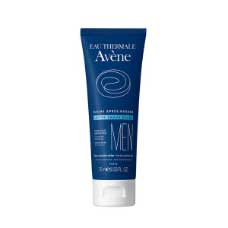
 Added to basket
Added to basket

 Unapplied Changes
Unapplied Changes


